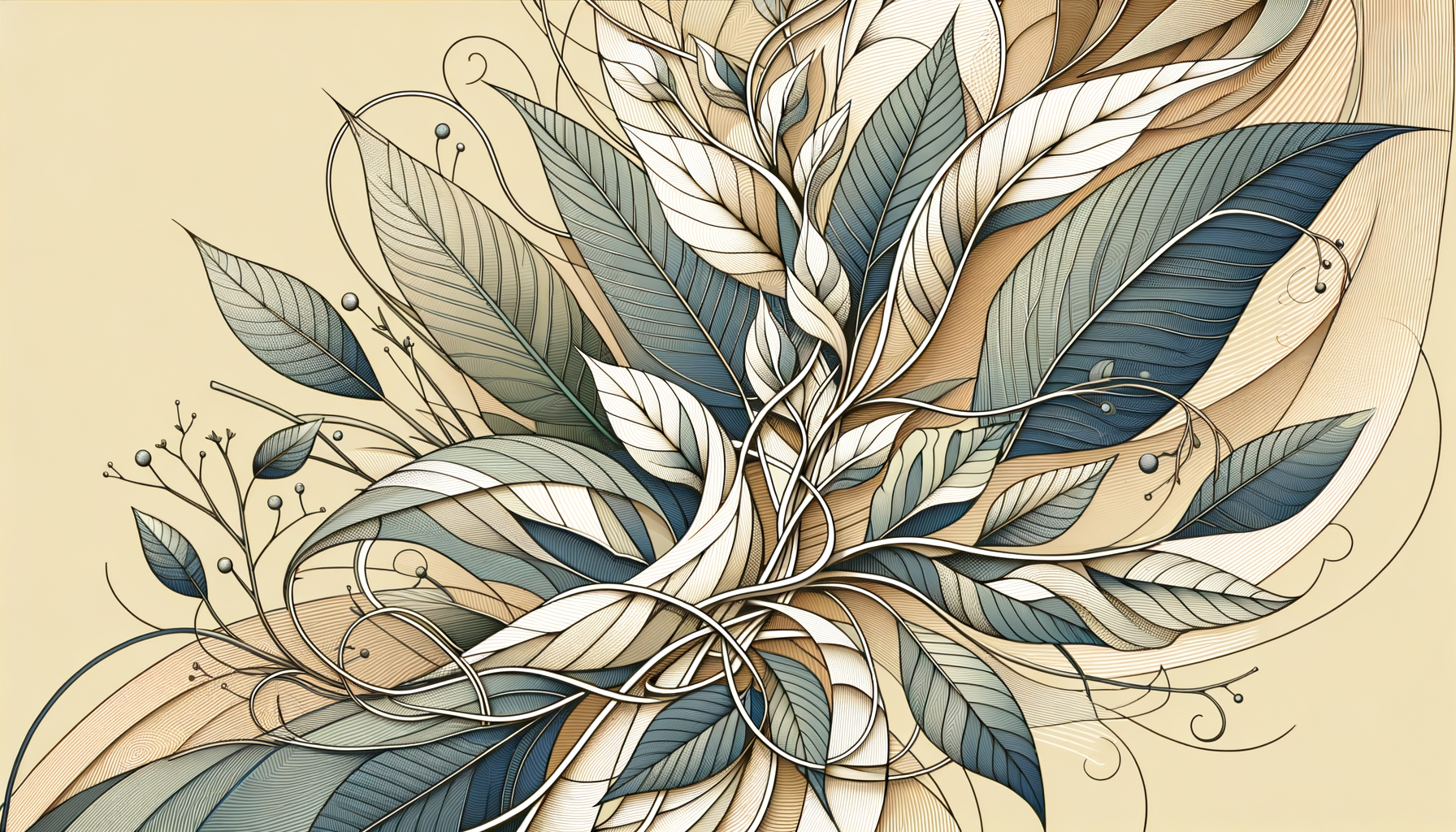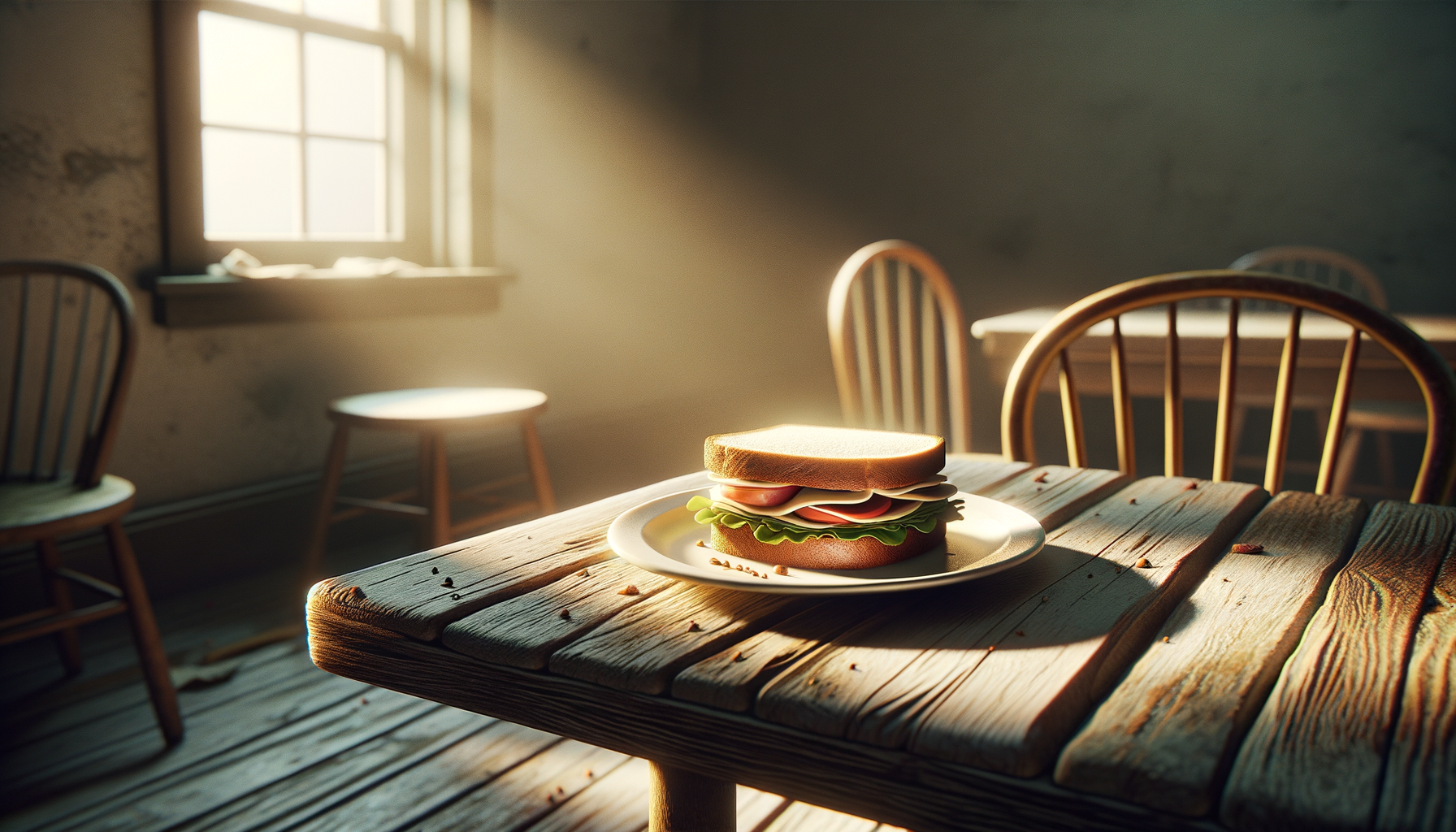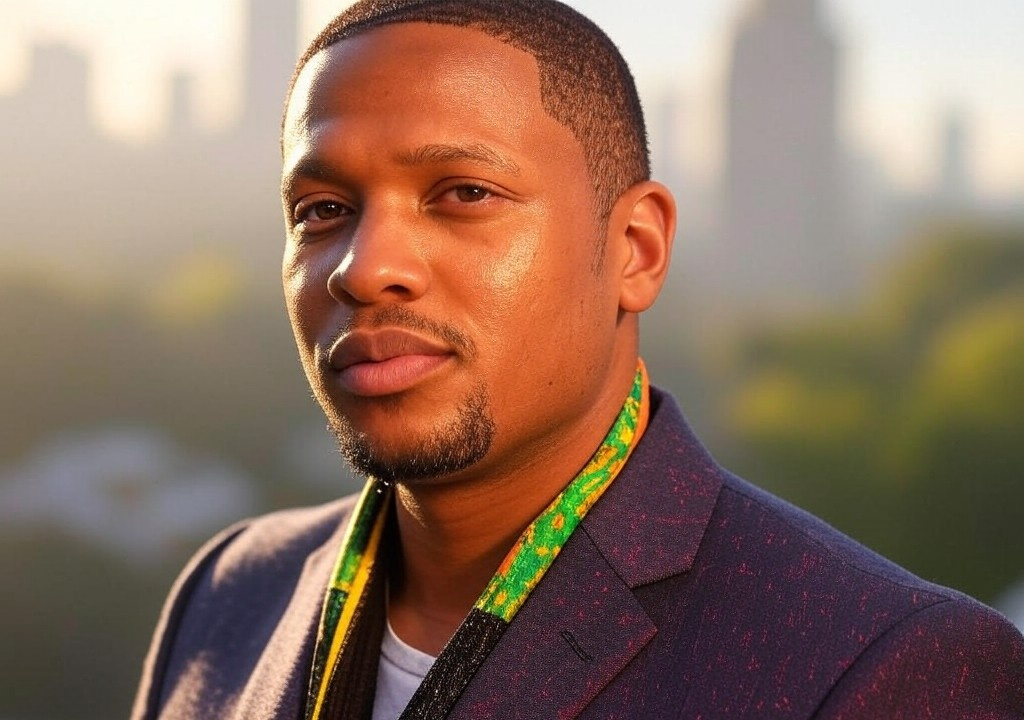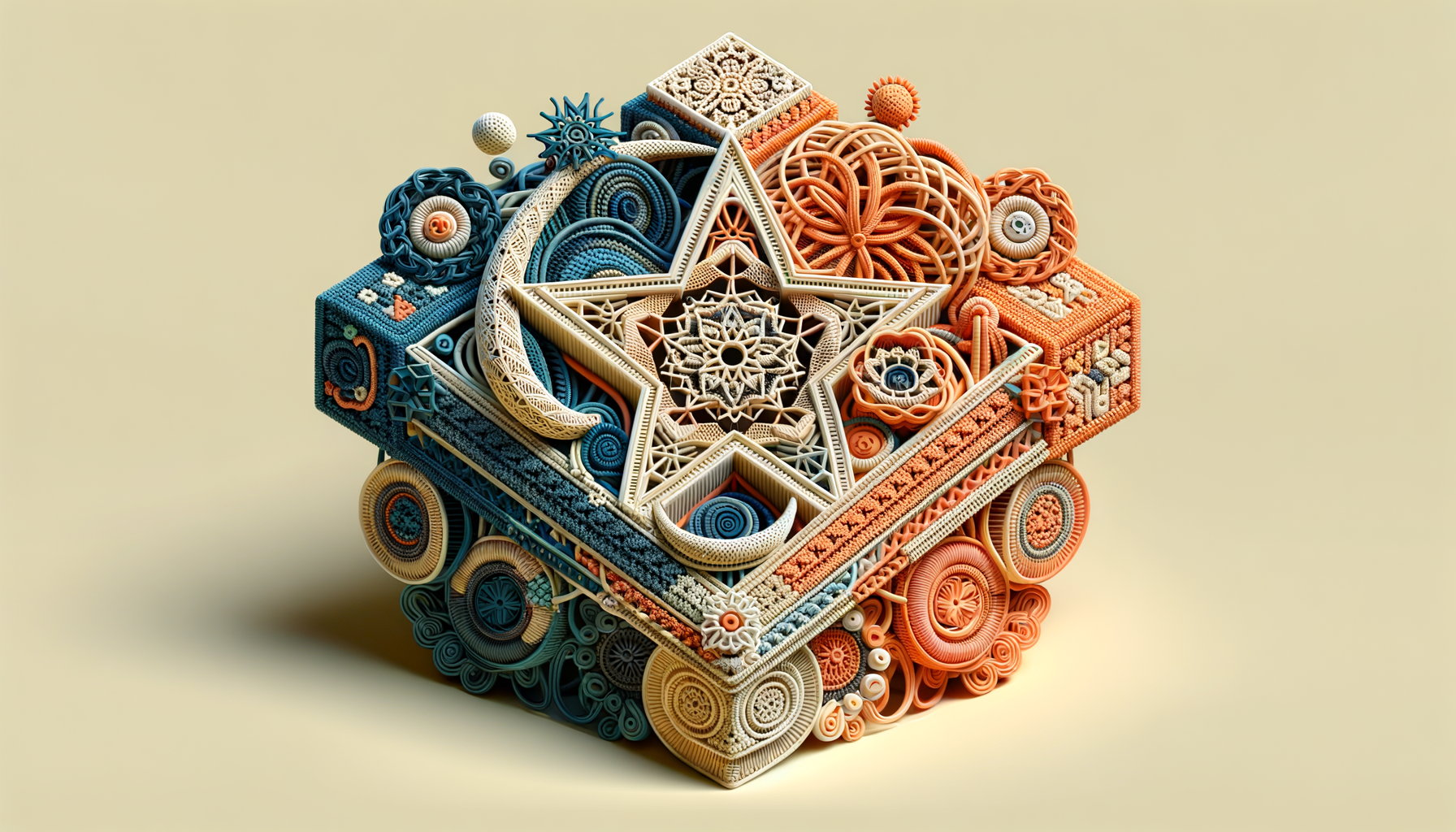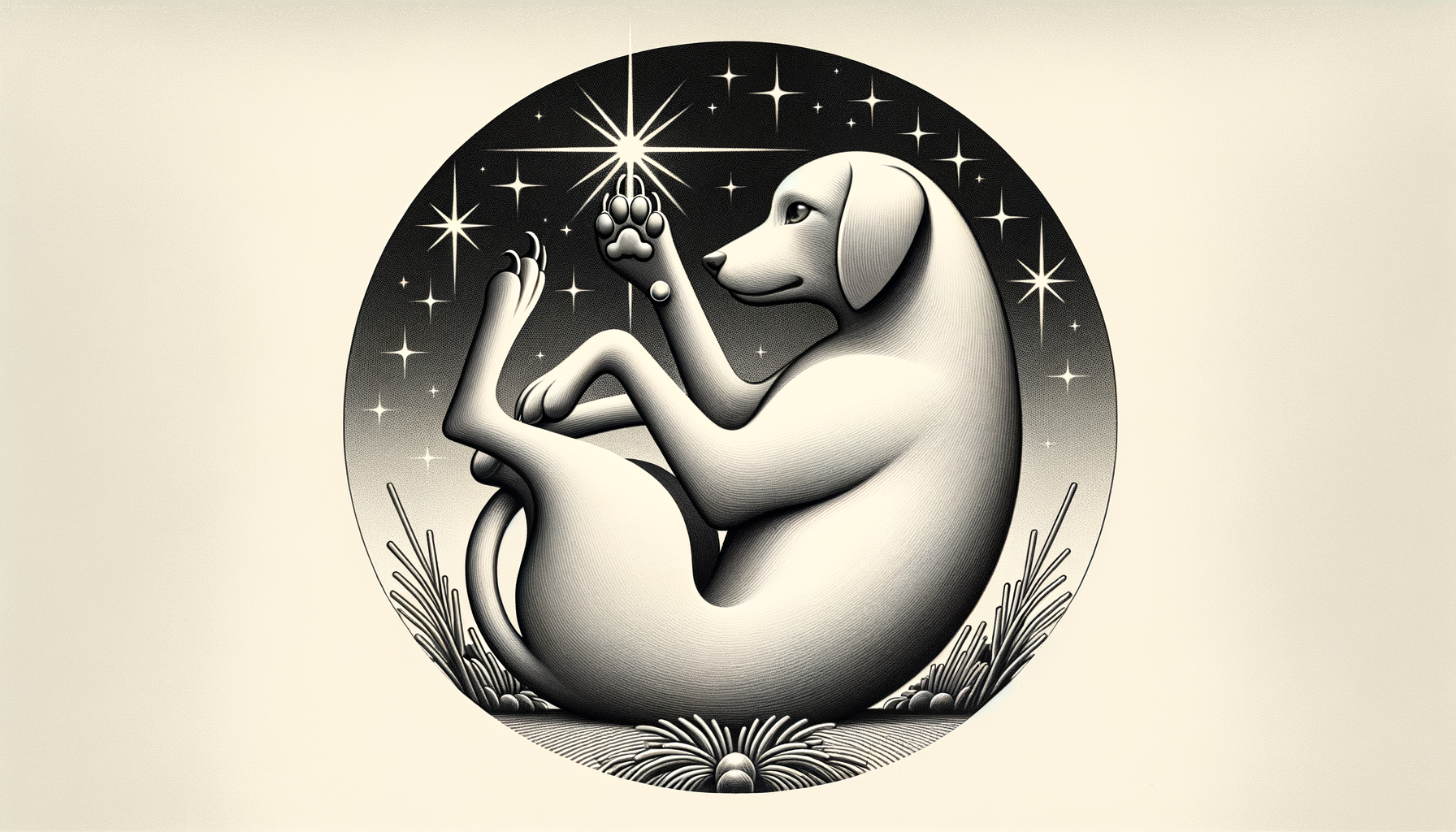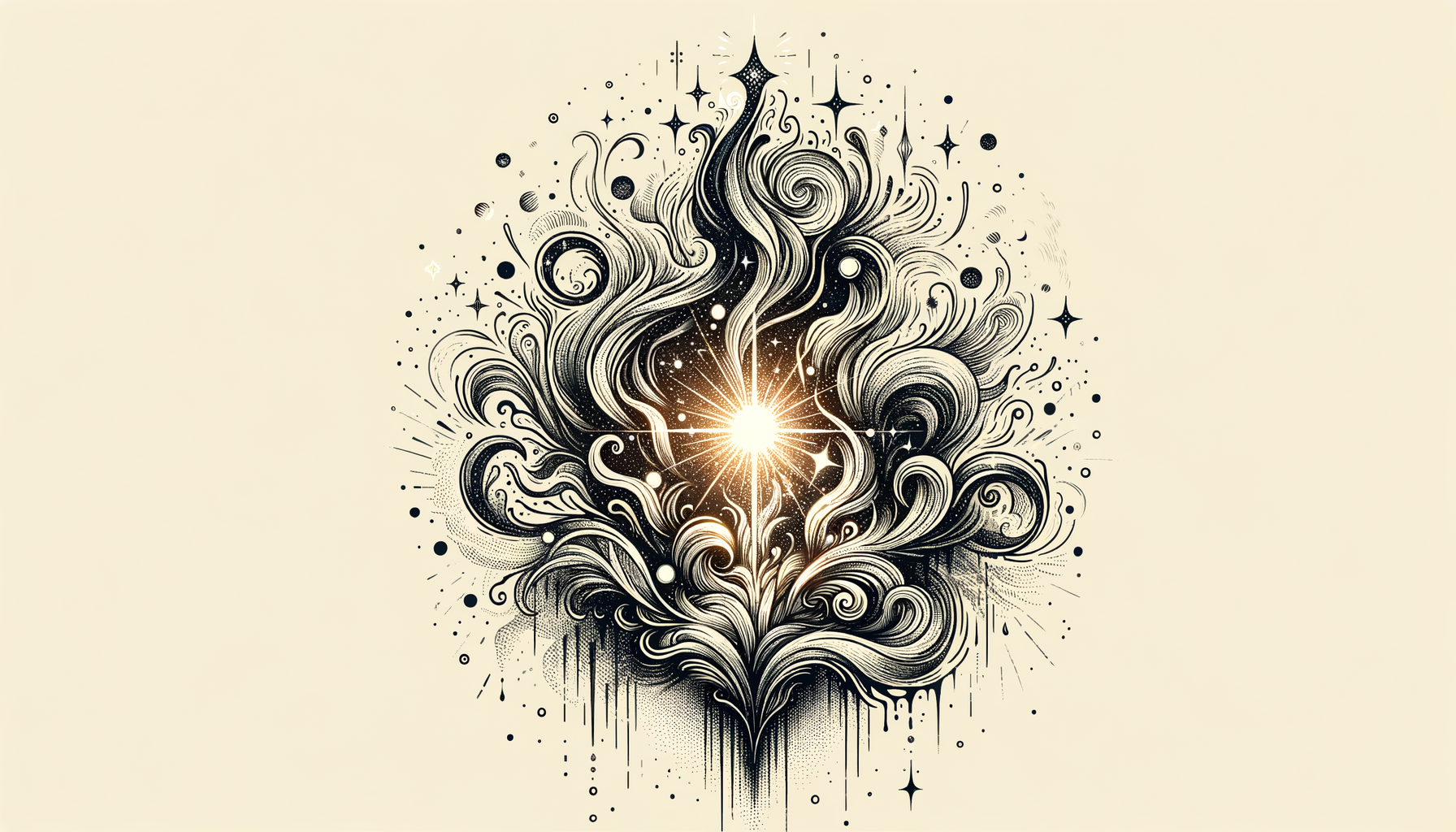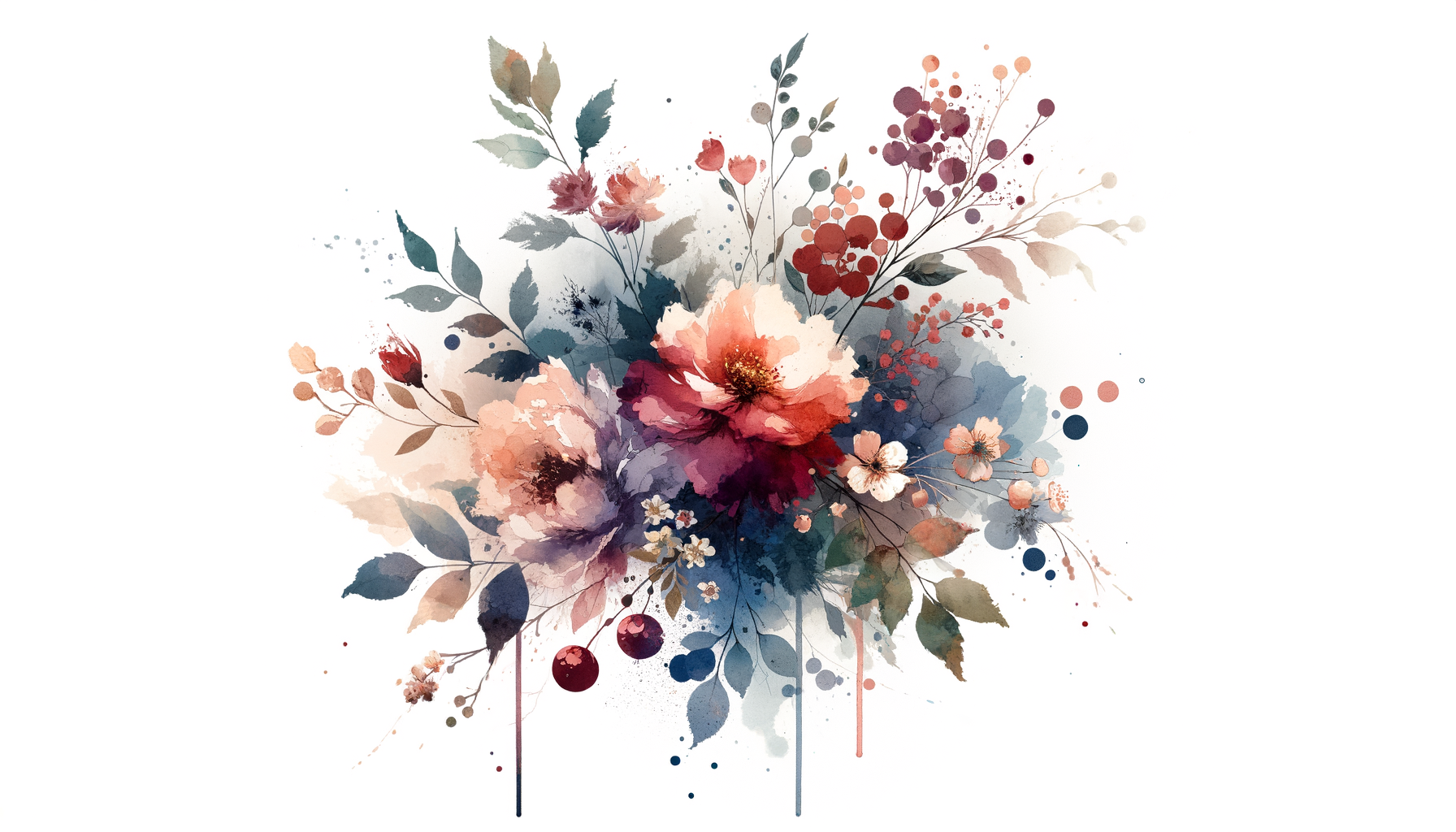They say writing is therapy, but then there are times it feels like tearing open an old scar just to see what bleeds out. I found this out the hard way. Some pieces practically write themselves—ideas flowing like a Sinatra ballad at 2 a.m., smooth and unhurried. And others? Well, others feel like pulling a rabbit out of a hat when you’re not even sure there’s a rabbit in the first place.
One such piece still haunts me: the hardest project I’ve ever tackled. It came to me during a particularly chaotic chapter of my life—heart freshly broken, deadlines screaming louder than the slot machines at Caesar’s on a Friday, and my self-esteem doing its best impersonation of a roulette wheel: all over the place. It wasn’t just challenging to write—it was transformative. And oddly enough, it’s the piece that taught me the most, about writing, about humanity, and even about love.
The Spark of an Uncomfortable Idea
The assignment sounded simple enough at first—explore a universal experience of vulnerability. My editor called it a “love letter to authenticity,” but I was not in a loving mood. Still, I nodded like I was totally on board because who was I to pass up an opportunity? Authenticity. What could I say that hadn’t already been chewed up and spit out by a thousand inspirational Instagram accounts?
Here’s the thing about writing on authenticity: it demands it from you. There's no recycling fluff or bumper sticker wisdom—you have to sit in the trenches of your own life and sort through the debris. And when you’re trying to fake it, even the keyboard won’t cooperate. My head swirled with questions: Was I really ready to write my own truth? Did I even know what my truth was?
Once I realized there was no dodging my emotional baggage, I committed. And by "committed," I mean I opened a bottle of wine, turned on Adele, and let the existential crisis unfold.
First Drafts and Desert Ghosts
It was 11 p.m. on a Tuesday when my past came rushing back like a desert monsoon. Growing up in Vegas gave me a firsthand look at how easily appearances can deceive. The sequined costumes my mother designed and the dazzling lights my father worked under taught me one vital lesson early on: glamour is about perception, not reality. But for the longest time, I never applied that realization to myself. My life felt like one of those immaculate showgirl headpieces my mom used to craft—stunning to look at but impossibly fragile once you held it in your hands.
Around the third glass of wine, I started thinking about how that metaphor was my life for years—keeping it together while showcasing only the glossy highlights. The charming boyfriend (who I now call Exhibit A in my personal relationship court), the apartment with a Strip view, the Instagram-worthy nights wearing cocktail dresses no human could breathe in. From the outside? It looked enviable. Up close? It was lonely and exhausting. And, frankly, a little itchy.
Writing this piece forced me to confront the choices I’d made for the sake of keeping up appearances. One of the hardest truths was recognizing how I’d held relationships to the same mirage-like standards. I wanted them to sparkle, to dazzle, and—when they inevitably didn’t—I pretended everything was fine for as long as I could. Spoiler alert: it never is.
Writing Through a Breakup Hangover
What complicated this assignment was that it coincided with the fallout of my worst breakup to date—a relationship that, in hindsight, had all the staying power of a Sandcastle on the Bellagio fountains. Friends described him as “too charming to trust,” but I wasn’t about to let practicalities like red flags disrupt my love life narrative. So, when the cracks in that façade grew too large to ignore, things ended. Badly. Dramatically. Like-a-car-ride-argument-on-the-Vegas-strip level of dramatic.
So there I was: heartbreak in one hand, deadline in the other, trying to figure out what the hell I could say about authenticity when my own experience felt raw and unreliable. But as I dug deeper into the writing, something unexpected happened.
I started untangling a pattern in both my relationships and myself: the constant push to perform, even when nobody was watching. I wasn’t just building a persona for the world; I was building it to protect myself from who I really was—messy, uncertain, and (gasp) vulnerable. This realization, while uncomfortably on-the-nose, became the heartbeat of the piece.
What the Hardest Piece Taught Me
Here’s what I came to understand during that writing process—lessons I begrudgingly carry with me today, like the emotional equivalent of a souvenir shot glass I didn’t really want but can’t seem to throw away:
-
Truth Isn’t Polished: Unlike Vegas marquees, the best truths aren’t neon-lit and perfectly curated. They’re complicated, jagged, and sometimes hard to look at. But they’re what make life, and love, real.
-
Vulnerability Requires Practice: Much like karaoke night at a dive bar, being vulnerable means showing up even when you might embarrass yourself. The alternatives—hiding, pretending, deflecting—can protect you in the short term but leave you lonelier in the long run.
-
Not All Glitz is Good Glitz: Glitter is fun on a Friday night but exhausting to clean up. If a relationship (or job, or lifestyle) requires more maintaining of appearances than genuine connection, it’s probably time to reevaluate.
-
Writing is Brutal, but It’s Also Medicine: Writing this story chipped away at walls I didn’t know I’d built, ones that had been confining me not only as a writer but as a person. It sucked, and it was beautiful.
Wrapping Up: A Love Letter to Getting Real
Looking back, that article wasn’t just difficult—it was necessary. It forced me to interrogate my past with all the nuance I usually reserve for analyzing the lyrics of Frank Sinatra between margaritas. And while it didn’t spark an immediate breakthrough (who gets those outside of movie montages, anyway?), it planted seeds of growth I’m still watering today.
So, for anyone grappling with what “authenticity” really means, take it from me: it’s not about having it all figured out. It’s about showing up with frayed edges, overdue library books, and a willingness to be seen—especially by yourself. The hardest truths to write, speak, or even admit in the privacy of your own mind are usually the ones worth leaning into because they’re the ones that set you free.
And hey, if all else fails, turn on Adele, pour another glass of wine, and try again. Sometimes you’ve got to let it hurt before you can let it go.



